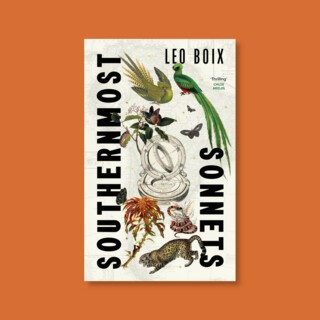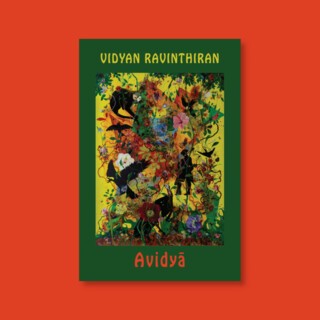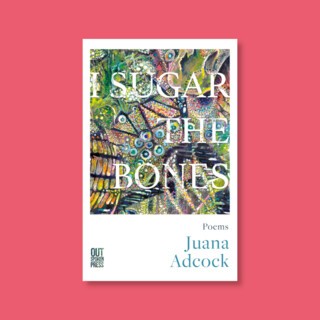Chestnuts and tequila hot chocolate
Posted by Terry Glover

Our bodies know which foods they are drawn towards in winter. It’s an unspoken language, a means of pure connection between our receptors and the essential substance of the things we eat. I very rarely eat meat, but last week I was magnetically pulled towards the Morrisons counter where they sell thick pieces of hot ham hock – that heavy, crackly, porky magic satisfied an ancient craving. These appetites hold information that is much older than we are: information about how to keep our bodies sated and our spirits up at times when light and warmth is scarce.
Chestnuts are one of my favourite examples of this phenomenon. We didn’t have them in Australia when I was growing up, but when I landed in the middle of my happenstance French family upon arrival in London my eyes were opened. Marrons glacé; bûche de Noël filled with rich chestnut cream; the chestnut vendors with their drums of flaming coals in Covent Garden, the black char on the surface of the roasted chestnuts bringing out the sweetness of the complex sugars. I couldn’t get enough, and when I discovered the centuries-old chestnut trees in Greenwich Park my appreciation only deepened.
Chestnuts were once one of the most abundant trees in Europe. Vast forests covered the continent; the nuts were cultivated as a staple crop, making up a significant part of the local diet before the arrival of the potato from South America. Like the potato, the chestnut has a soothing, comforting character: it is nutritious, easy to digest, and particularly good for children and the elderly (unlike the potato, it is also said to be good for the gonads). Over the previous centuries, chestnuts fell out of favour – in part because of their reputation as ‘food for poor people’ – but given these beautiful, gentle properties, as well as their affinity with fire and warmth, it’s no surprise that we’re instinctively drawn towards chestnuts in the colder seasons.
Chocolate is another food that calls to us especially in winter, though its roots are less close to home. Originally cultivated by the great pre-Columbian civilizations of Mexico and Central America, cacao was used to make ritual, entheogenic and healing drinks – rich, dark liquids which were associated with the life-giving potency of human blood. Nowadays chocolate is an everyday pleasure, but it still possesses that special, serotonin-boosting spark. People go to it when they’re blue: something as simple as a Cadbury’s moment or a Freddo frog really can set the blood singing, warming the body and lifting the mood.
I’ve been drawing on these ingredients as inspirations for the Cake Shop menu. We’ll be serving a dark hot chocolate, spiced up with cayenne, cinnamon and a shot of smoky mezcal, as a boozy pick-me-up and an allusion to cacao’s origins. There will be a chestnut cake on the counter, and a roasted mushroom and thyme sandwich with chestnut cream on the lunch menu (chestnuts and mushrooms are an unstoppable duo; check out the mushroom and chestnut paté in our winter recipe pamphlet for another delicious spin on this).
And there’ll be plenty more as the season winters onward and we continue to explore these hip-hugging, heart-warming foods: stop by on Thursday 14 December for the Bookshop’s Late Shopping Evening, where we’ll be serving a roasted beetroot borscht with vodka as a revitalizer from the cold, or join our Christmas Cake Decorating class this Sunday 10 December and try that spiced hot chocolate for yourself, joining a group of cake decorators for tea, chat and merriment.





